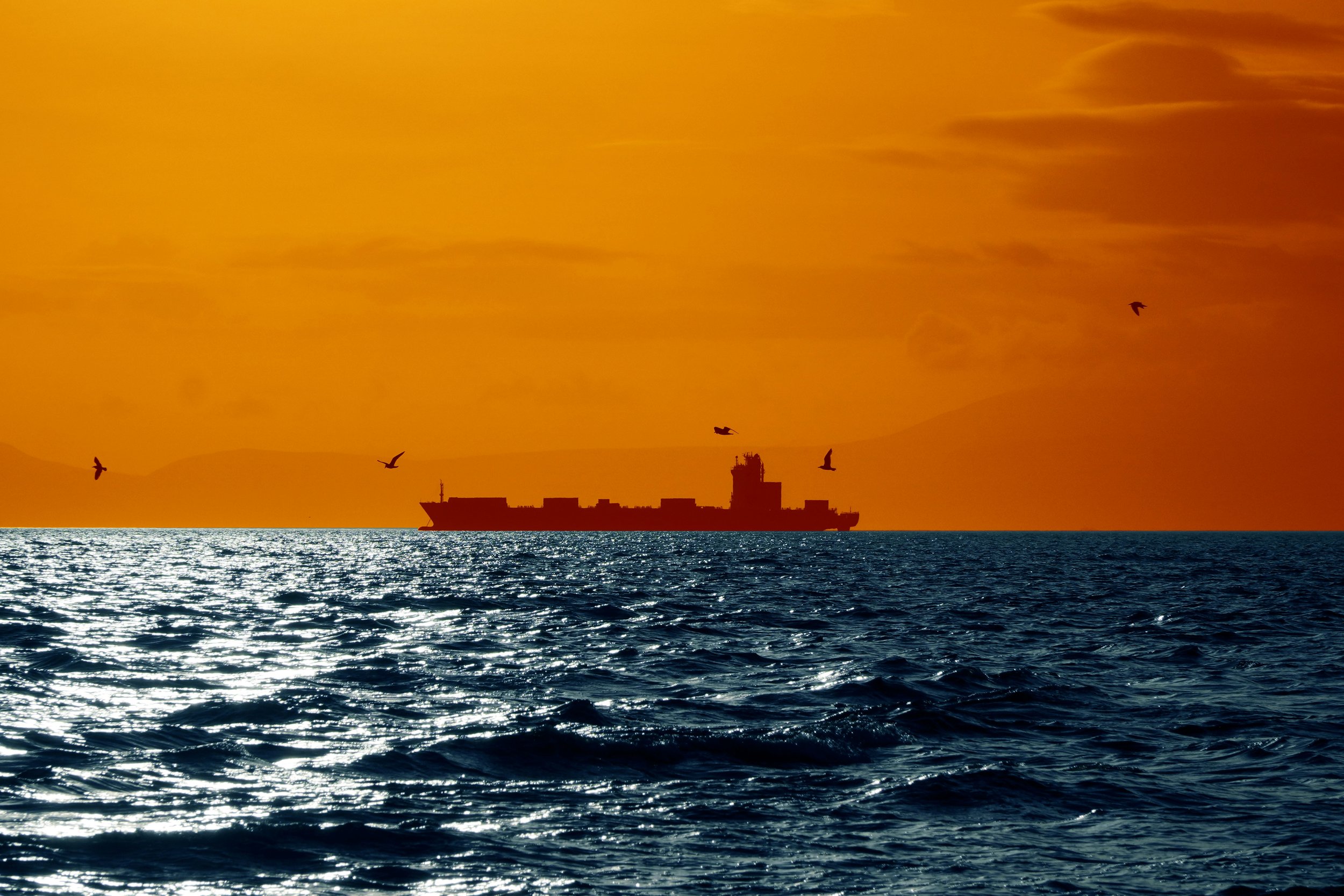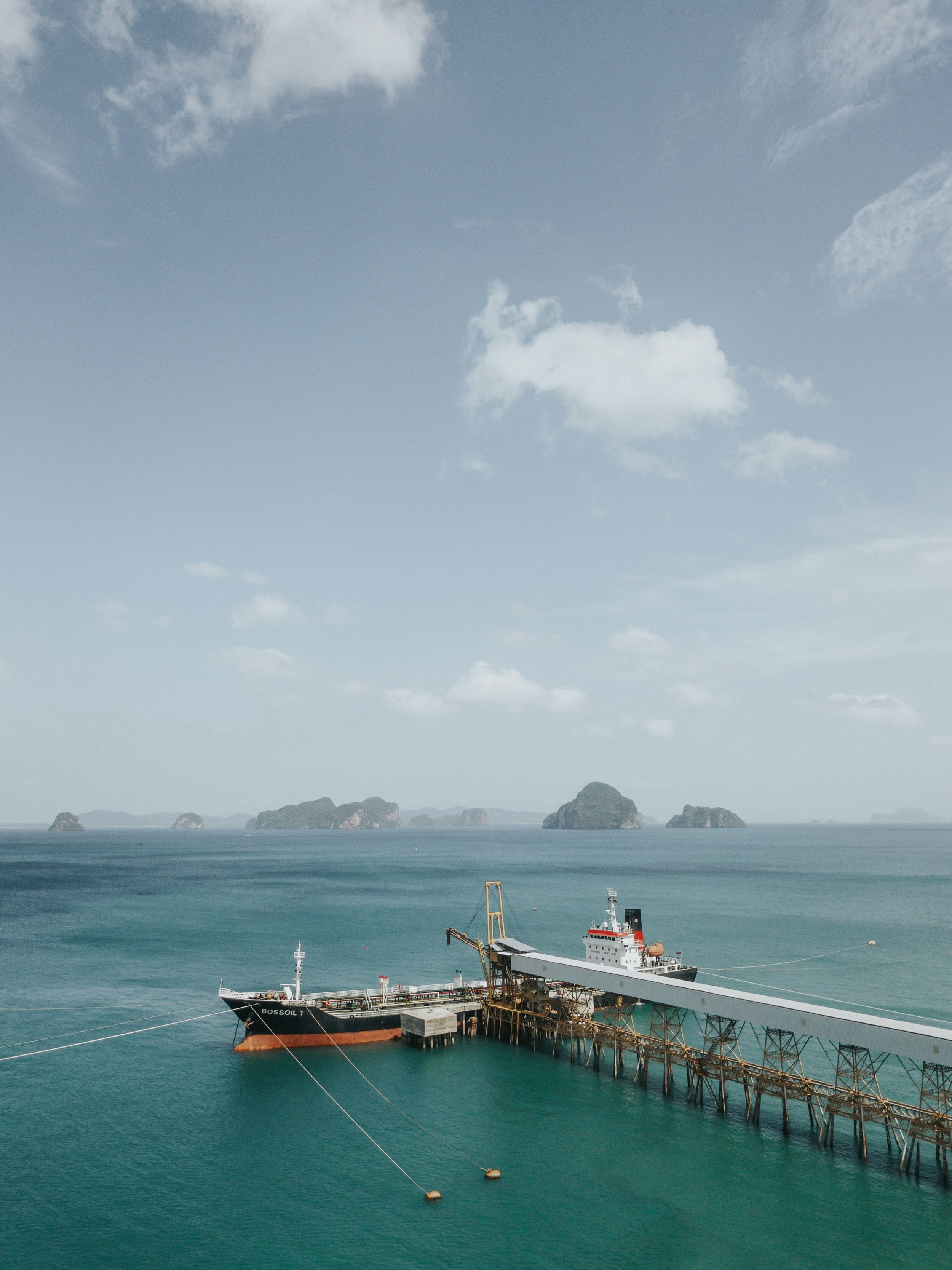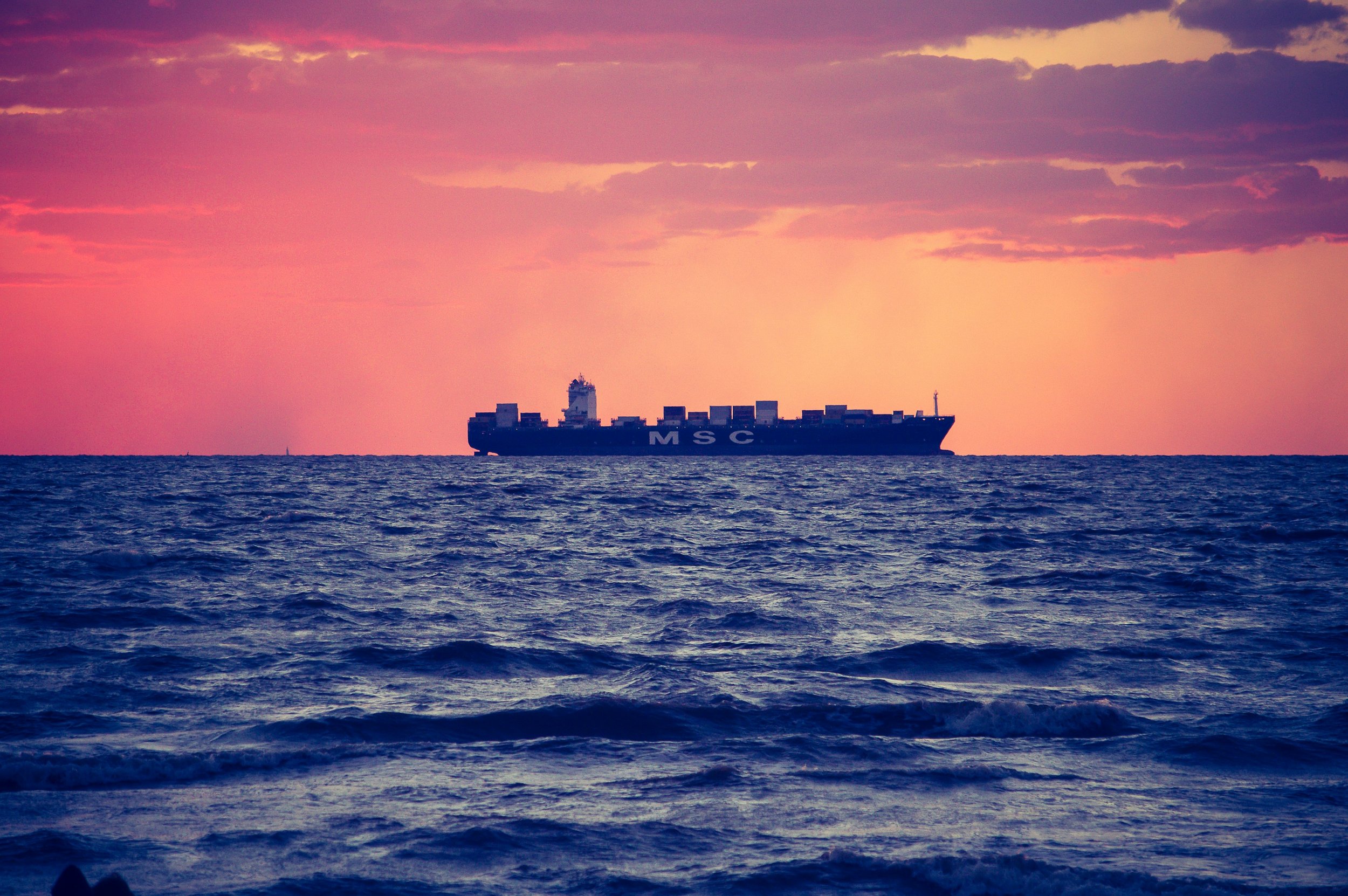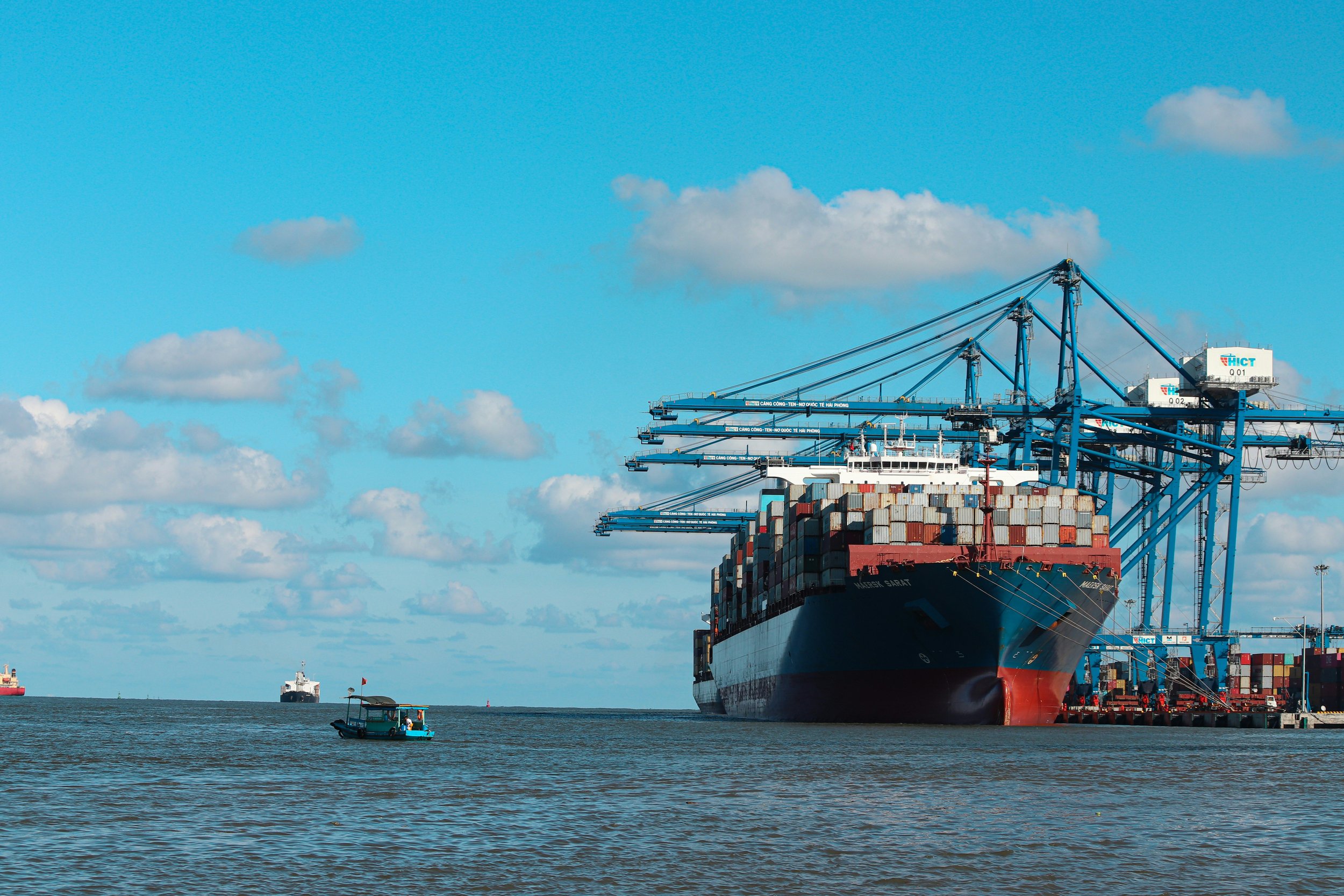
Vol. 1
Embark
Letter From the Editor
Hello, dear readers, and welcome to the first volume of The Underway Review.
The genesis of TUR, or at least, its iconography, came at the tail end of this past Pride month. In the next-to-last week of June, my boyfriends and I took a camping trip with some friends of ours to an island in the Cape Fear River. It was a straight shot from the mouth of our tent down to the water’s edge, the path to the beach framed by the hanging trees in such a way that it appeared almost a portal, a gateway to some other world. I tend to feel that way during Pride; as if I have stepped into some other, better, more vibrant society, where public spaces are not places to be afraid of, to hide in, but havens of visibility: rainbow flags fly from every door and window, and crowds of folks flood the streets, wrapped up in love and in each other. This past Pride was the first I spent in a relationship, and marked the first time I had ever kissed my boyfriends in public—unafraid of who would see, what they would think—focused only on myself and them and us. In the lead up to the last week of the month, it was hard, as it is every year, not to feel sad—knowing that once June was over, all that love and color would have to be packed up until next year, and knowing that, on some level, that sense of community would be packaged with them.
Photo by Bingqi Huang on Unsplash
On the island, every few hours, a freighter would cut through the river, coming to or from the harbor, and every time someone spotted one carving its slow and lumbering path through the brown-black water, they would scream, “FREIGHTER!” and the whole camp would drop everything and make a mad dash to the shore. The first time this happened, I wasn’t sure why. When I asked one of my boyfriends, who had camped here before, he only said, “You’ll see.” As the freighter grew closer and closer, the water on the beach receded, displaced by the weight of the massive ship—where once it covered us to our chests, by the time the boat passed our little island by, it barely touched our toes. Moments later, it all came rushing back in white-capped waves, and we laughed and whooped and cheered as they battered us back to the shoreline. Last year, the port of Wilmington was ranked the most productive port in all of North America, with ships coming to our shores from Asia, Europe, and Central America multiple times every week. During the few days we spent on the island, each one that passed us by was heralded with that same wild cry, “FREIGHTER!”, the drawing of the tide away from shore, and the crash when the water came flooding back.
Since the end of that camping trip, that Pride month, and throughout the process of putting this project together, the image and the impact of those passing ships never left my mind; they demanded my attention just as they did the water, and in that blunt assertion of their presence, I found a resonance between them and the spirit in which Pride was born and has persisted. Pride did not begin as a peaceful protest. Pride did not begin as a letter-writing campaign, or a boycott, or a walk-out, or by anyone politely asking for anything. Say it with me, kids: “THE FIRST PRIDE WAS A RIOT!” From its very origins, Pride has never been about politely asking for our seat at the table; it has been about taking it, defending it, saying, “This is our space, and we are staying in it.” And when I saw those boats moving through the river—those freighters underway, how they bent the whole of the world around them, compelling everyone on the island to stop and watch them pass—I thought, damn, that’s gay as fuck.
With The Underway Review, I want to capture that same spirit of insistence. As both a writer and a gay man, I know that the artist’s life, let alone that of a queer person, can often be a solitary one—and I know how deadly isolation can be. To survive, we must insist upon community, togetherness—we need to see that, yes, there are others walking the same paths we are; there are others doing the same work, and belonging to the same tribes. But how can we see it if we do not carve out a space for it? It is my hope that The Underway Review can be that space—and that, one day, it can be more than just an online (and hopefully, eventually, a physical) magazine; I want it to be a resource for every queer person in this community—a way for us to find, uplift, and connect with one another.
So please, if the message and the mission of this project speak to you, please stick around. Send us your work. Come to our events (which will be happening!). Follow our socials to know when said events will be happening (and they will!). Meet us, be with us—be with each other.
Embark, and draw the very waters of the world around you.
Love,
Vasilios Moschouris
Editor-in-Chief
A Note on Volume 1
I am a recent graduate of UNCW’s MFA program, and while that was an experience I would wholeheartedly recommend, being a part of what I have come to call “the litmag industrial complex” has definitely colored my initial conception of what a magazine such as TUR can and should be. Originally, my plan was just to wait for submissions to come in and then present them all in one package—as is usually the case with literary magazines with more established audiences. But for The Underway Review, I want to take a more fluid and proactive approach. So, rather than sitting back and waiting for submissions to roll in, Volume 1 of The Underway Review will be more a living document than a single “drop,” updating as it goes to incorporate new pieces as they come in, and promoting each new piece to build momentum and raise awareness for TUR, its mission, and its burgeoning community. Once we have a more robust body of submissions and contributors, perhaps we’ll shift to a more traditional format, but for now, it’s about finding and uplifting every voice—every ship on the water—as they come to us.
If you have work to share with us, send it to theunderwayreview@gmail.com.
Pretty, pretty, beautiful please :)













